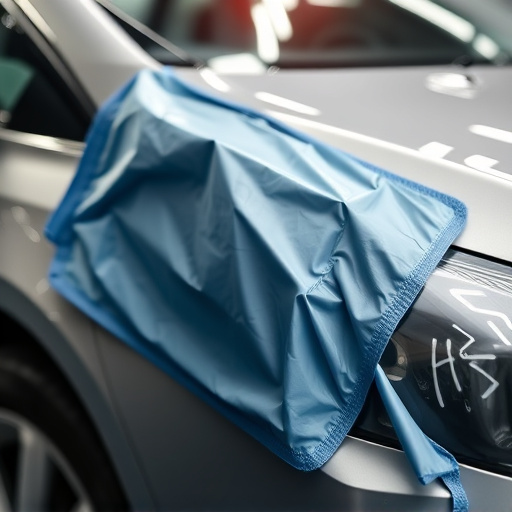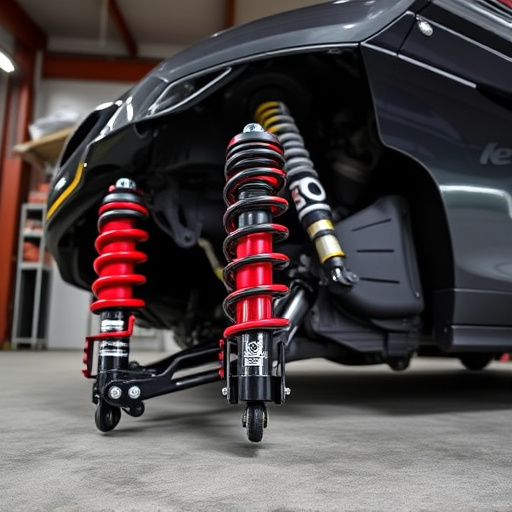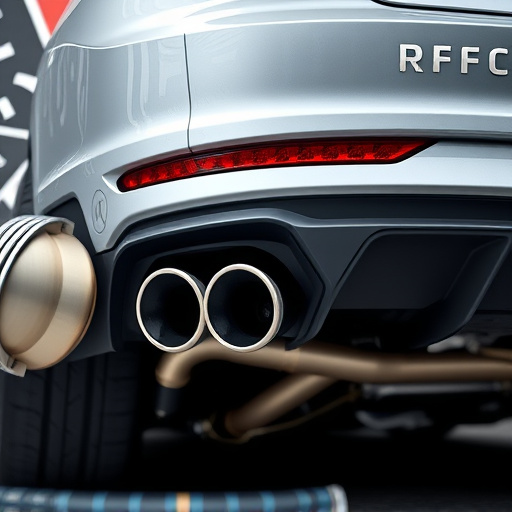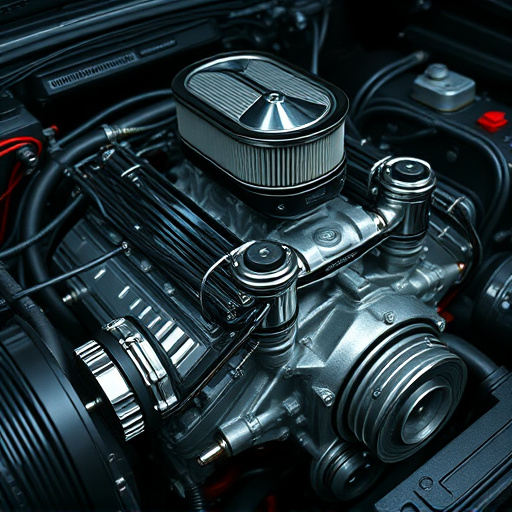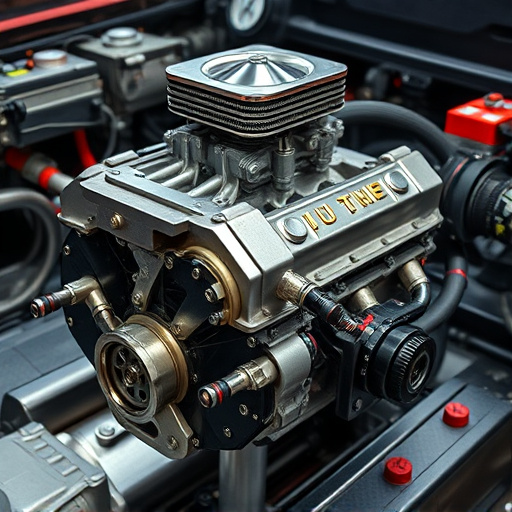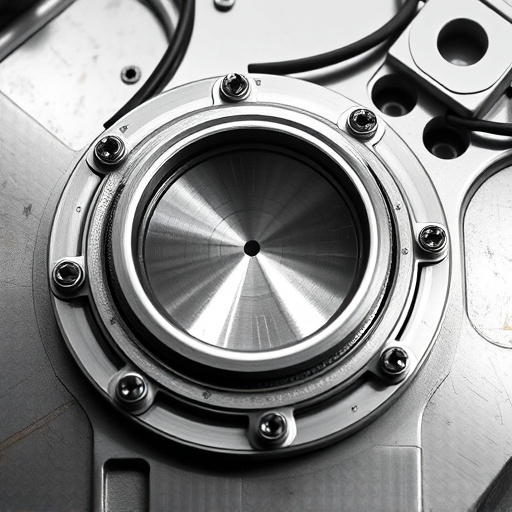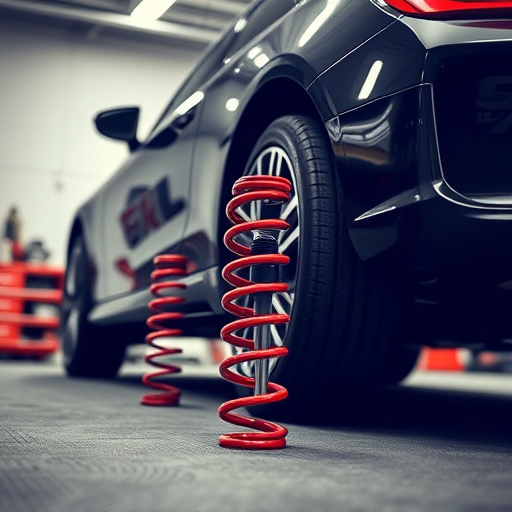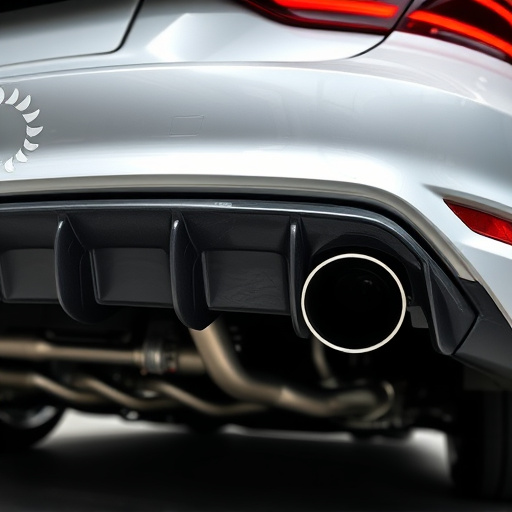Brake fade, caused by overheating from high-pressure contact, reduces braking efficiency and increases stop distances, posing accident risks. Aggressive driving, heavy braking, poor maintenance, and inadequate cooling contribute. Upgrading to improved brake pads and rotors mitigates fade resistance, enhancing safety and performance. Both components work synergistically for optimal efficiency; rotors manage heat while pads convert kinetic energy, preventing corrosion and warping. High-quality brake pads and rotors paired together offer enhanced control, road safety, and extended lifespans.
“Enhancing brake fade resistance is paramount for safe and efficient driving. This article delves into the critical components: brake pads and rotors, exploring their pivotal roles in mitigating fade. First, we unravel the complexities of brake fade, its causes, and consequences. Then, we examine how advanced brake pads combat fade, ensuring consistent braking power. Subsequently, we discuss the impact of high-performance rotors in enhancing durability and braking performance. By understanding these elements, drivers can optimize their vehicles’ stopping capabilities.”
- Understanding Brake Fade: Causes and Impact
- The Role of Brake Pads in Fade Resistance
- How Rotors Enhance Braking Performance and Durability
Understanding Brake Fade: Causes and Impact

Brake fade refers to a significant reduction in braking performance over time or after repeated applications, leading to longer stop distances and decreased control. It is primarily caused by overheating of the brake pads and rotors due to prolonged high-pressure contact with the rotating surface. Over time, this heat can cause the pad material to break down, leading to reduced friction and inefficient braking. The impact of brake fade is significant, as it not only compromises safety but also increases the risk of accidents, especially in emergency stopping situations.
Various factors contribute to brake fade, including aggressive driving styles, frequent heavy braking, poor vehicle maintenance, and inadequate cooling systems. For instance, an improperly installed or worn-out exhaust mufflers (cat back exhaust) can restrict airflow, trapping heat around the brakes. Similarly, outdated suspension kits may not effectively manage shock absorption, leading to increased friction and heat generation during braking. Upgrading brake pads and rotors is a proactive measure against these issues, offering improved fade resistance for enhanced safety and performance.
The Role of Brake Pads in Fade Resistance
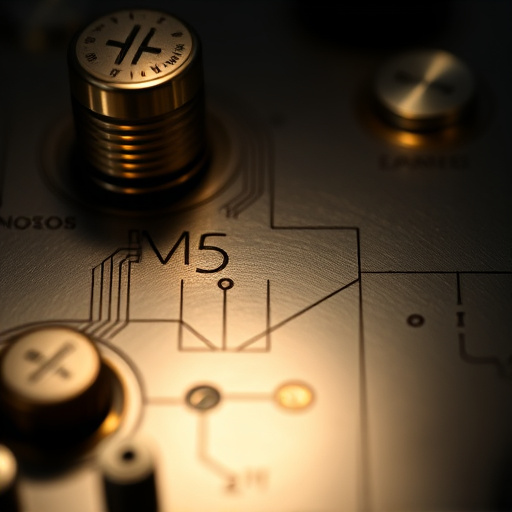
Brake pads play a pivotal role in enhancing brake fade resistance. They are designed to convert kinetic energy into heat during braking, effectively slowing down the vehicle. The composition and quality of brake pads significantly influence their performance. High-performance pads, often made with advanced materials and formulations, dissipate heat more efficiently, ensuring consistent braking power even under extreme conditions.
Moreover, brake pads work synergistically with brake rotors to optimize fade resistance. Rotors act as the surface against which pads press to apply friction, thereby slowing down the vehicle. Well-maintained rotors, free from corrosion and wear, ensure maximum contact area with the pads. This collaboration between pads and rotors results in improved braking efficiency, reduced fade, and enhanced overall safety while driving.
How Rotors Enhance Braking Performance and Durability

Rotors play a pivotal role in enhancing braking performance and durability. These rotating discs are directly exposed to the brake pads during braking, absorbing intense heat and forces. High-quality rotors are designed to dissipate heat efficiently, preventing excessive overheating that can lead to reduced braking effectiveness. This thermal management is crucial for maintaining consistent braking power, especially during prolonged or intensive driving sessions.
Moreover, modern rotors often feature specialized treatments like surface hardening and coating to resist warping and corrosion. These advancements contribute to a smoother, more stable braking experience by ensuring the rotor remains flat and true. When combined with compatible brake pads, such as those designed for enhanced friction and heat resistance, rotors form an integral part of a robust brake system. This partnership not only improves fade resistance but also extends the lifespan of both components, ultimately leading to better vehicle control and safety on the road.
Brake pads and rotors are essential components that work synergistically to improve vehicle braking performance. By understanding the causes of brake fade and its impact, we can appreciate how advanced brake pads and rotors mitigate these issues, ensuring safer and more durable stopping power. The continuous advancements in materials science and engineering have led to significant enhancements in fade resistance, making modern brakes a game-changer in terms of passenger safety and vehicle performance.
